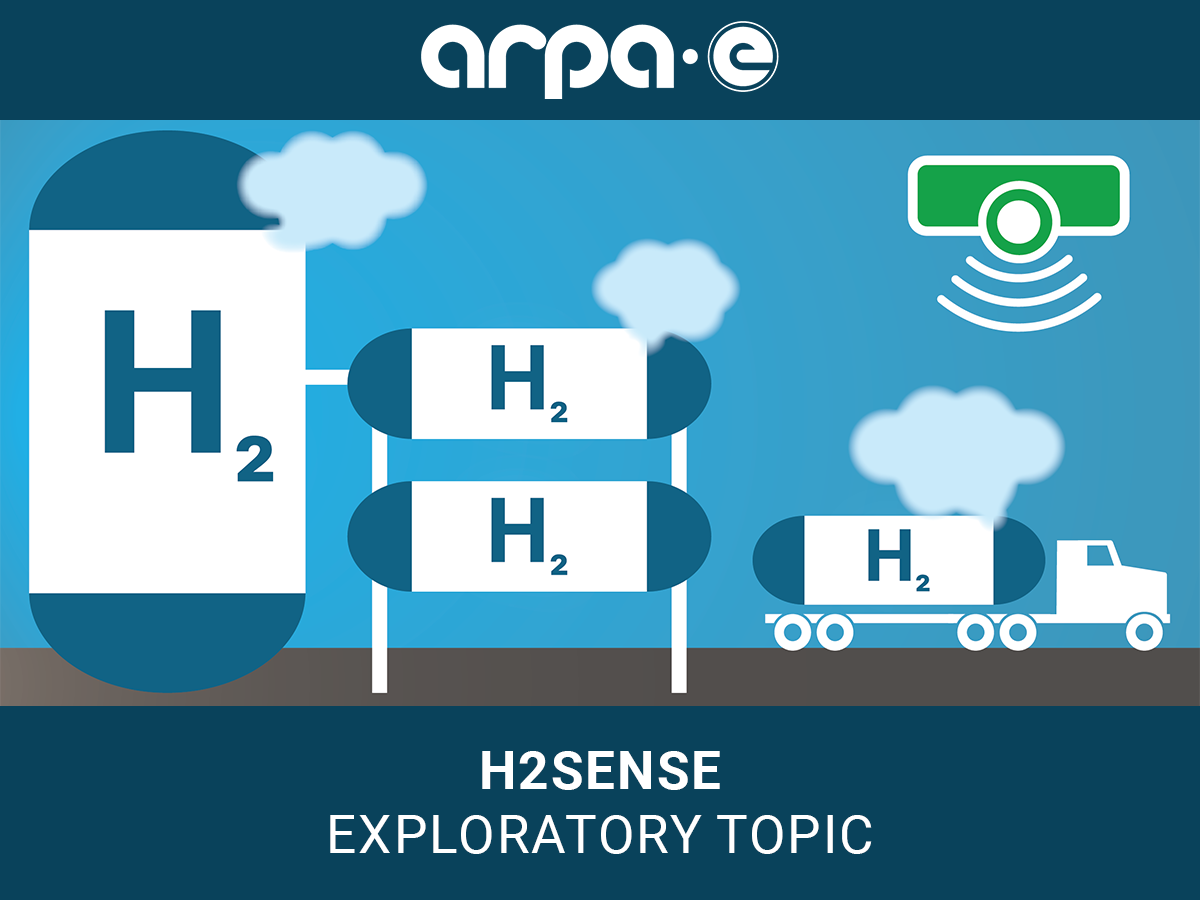
U.S. Department of Energy Announces $20 Million to Develop Cost-Effective, Highly Accurate Hydrogen Detection and Quantification Technologies
WASHINGTON, D.C. — The U.S. Department of Energy (DOE) today announced up to $20 million in funding to support the development of innovative approaches for hydrogen gas emissions detection and quantification. Managed by the Advanced Research Projects Agency-Energy (ARPA-E), this initiative supports President Biden’s whole-of-government approach to accelerating the deployment of clean hydrogen. The focus of this new ARPA-E effort is on detecting emissions throughout the full hydrogen supply chain, from production to end use. Cost-effective, accurate measurements of hydrogen gas will facilitate detection and mitigation of direct emissions. Advancing clean hydrogen is a key component of President Biden’s Investing in America agenda to tackle the climate crisis, create good-paying jobs across the nation, and strengthen America’s competitiveness in the technologies of the future.
“President Biden has made historic investments in hydrogen infrastructure to support the future hydrogen economy, Americans’ health and environmental wellbeing, and create jobs. ARPA-E is focused on doing its part to reinforce America's global leadership in the growing clean hydrogen industry,” said ARPA-E Director Evelyn N. Wang. “Given the projected growth of the hydrogen economy and potential near-term warming effects of atmospheric hydrogen, detection and mitigation of hydrogen emissions is essential and ARPA-E is proud to lead this work.”
Hydrogen does not absorb infrared (IR) light and therefore does not act as a direct greenhouse gas (GHG) in the atmosphere. However, hydrogen is considered an indirect GHG due to its ability to extend the lifetime of other GHGs in the atmosphere. This lack of IR absorption also makes the detection of atmospheric hydrogen extremely challenging. ARPA-E—through the H2SENSE Exploratory Topic—is seeking technologies with a:
- Minimum detection and quantification threshold of 10 kg/hr across a 100 meters (m) x 100 m area; and
- Cost of no more than $10,000 for the detection area.
These performance targets will enable a systems-level approach to large-area monitoring of hydrogen emissions. You can access more information on ARPA-E Exchange.
The H2SENSE Exploratory Topic builds on ARPA-E’s prior work pioneering precise atmospheric gas detection industries. Before ARPA-E’s MONITOR program, low-cost, continuous methane detection and mitigation was not possible. But now, ARPA-E-funded projects born from that initiative—like LongPath, which recently received an LPO loan guarantee—have created a paradigm shift and developed technologies capable of detecting over 90% of methane leaks down to 0.2 kg/hr from nearly a mile away. ARPA-E is building on this history with H2SENSE in pursuit of low-cost, effective hydrogen emissions detection.
ARPA-E advances high-potential, high-impact clean energy technologies across a wide range of technical areas that are strategic to America's energy security. Learn more about these efforts and ARPA-E's commitment to ensuring the United States continues to lead the world in developing and deploying advanced clean energy technologies.
###
